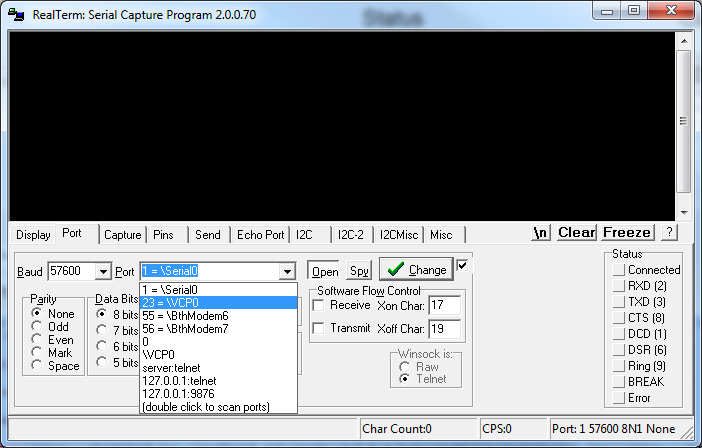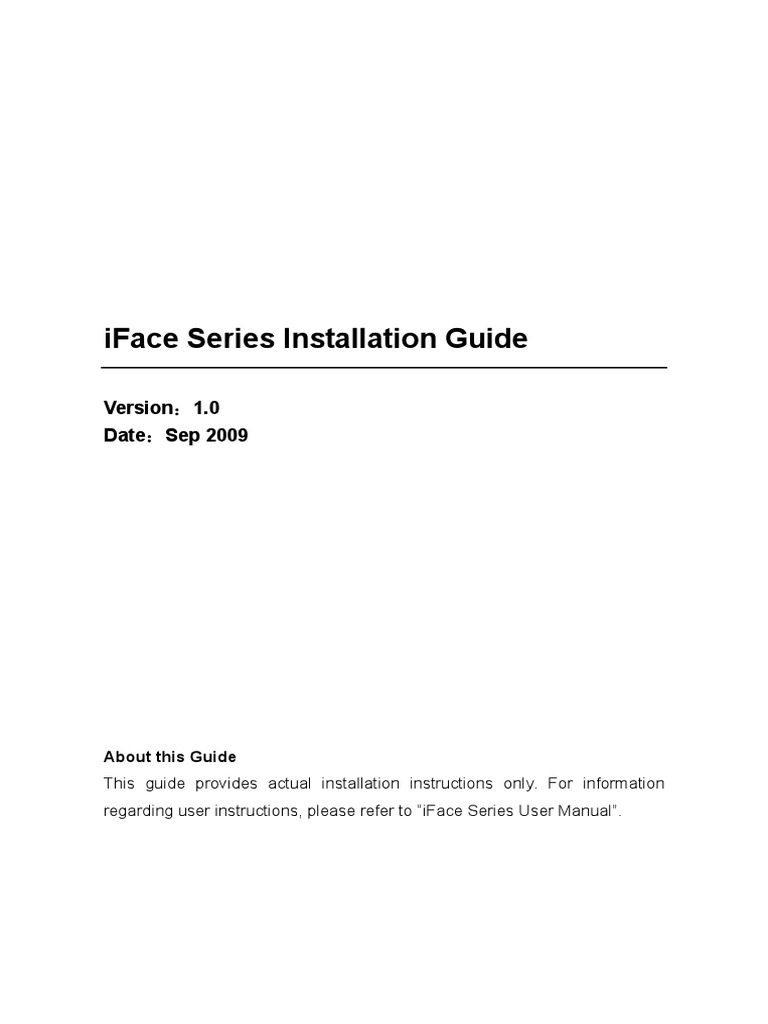Actual Installer 4 2 Serial Ports
Been struggling with an issue and hope this is the right place to get help. So here goes.I'm trying to get a C application running on a computer to send data, eg. Simple string, to arduino via the serial port. The host computer running the C program is Linux.
I don't know if this is the proper way to 'talk' to Arduino from an external program, but I am writing to the Arduino device file: /dev/ttyACM0 as referenced in this post:I have my Arduino wired up with a LCD (non serial) display and it works fine as a standalone. I am trying to get the C program to send a string of text to the Arduino which will display the text on the LCD screen when it recieves it. Example: The C program writes 'Hello World!' To device file /dev/ttyACM0.
Arduino reads the Serial Port and displays 'Hello World!' To the lcd.This works fine, but only when the serial monitor on the IDE is open? I don't know why, but for some reason I have to have the serial monitor from the Arduino IDE open for this to work. If I have the serial monitor closed/not opened. It doesn't work.I poked around and found out there are some issues with the permissions of /dev/ttyACM0 and who can use it.
I tried changing permissions, adding myself to the dialout group, etc. But nothing seems to work.Obviously, I would like the program to work without the need of having the Arduino IDE and it's serial monitor opened and running in the background. In an actual deployment, I wouldn't tell the customer they have to install the Arduino IDE and launch the serial monitor for it to work.I've concluded there is something about the serial monitor that makes this whole thing work. I'm not skilled enough to check out the Arduino IDE source code, but obviously, something is triggered when the serial monitor is opened. Changes permissions to /dev/ttyACM0 or something like that.note: If I just write to /dev/ttyACM0 directly via the command line, eg. Sudo echo 'hello world' /dev/ttyACM0, w/o the arduino IDE or serial monitor running, it works. This command does prompt for my password and after I type it in, the string appears in the lcd (keep in mind, w/o the ide or serial monitor running).
If I don't use sudo, eg. Echo hello /dev/ttyACM0, nothing happens. No output.Another thing to note is that when I try to send data to the arduino via the C program or just writing directly to /dev/ttyACM0 without the IDE & serial monitor running is that I notice the RX led is blinking.
Still no output on the lcd, but the RX led does blink, suggesting it is getting something.Any help would be greatly appreciated. You need to post both your PC program and your Arduino program.A common problem is that people familiar with PC programming open the serial port, send the message and then close the port. Everytime the serial port is opened the Arduino will reset so the PC code must open the serial port and keep it open until it is completely finished with the Arduino.This illustrates the idea and should be easily implemented in C.This more recent Thread illustrates a few different ways to receive data reliably on an Arduino.R. Windows enforces the restriction that only one application at a time can access a COM port. Other operating systems do not.OP: The problem with your C code is that you are NOT setting any of the properties of the serial port - the baud rate, the parity, etc. You are ASSuming that the default setting will work. Clearly, they do not.
Opening the Serial Monitor application sets all the serial port properties correctly, so that your application can then communicate with the Arduino. Set the properties correctly in your application, and you won't have to open the Serial Monitor application first.Opening the port resets the Arduino. Without waiting for the Arduino to reset, it is pointless to send it anything.
Actual Installer Crack

Pauls: I think you're right. I suspected my client C was far too simple to be interacting with the serial port in that manner.

I definitley need to use some serial library abstraction to set such properties eg. Baud rate, etc.Giving the Arduino time to reset was the key missing ingridient.
Actual Installer 4 2 Serial Ports 1
I literally used sleep( 2 seconds) and everything worked (without even using any serial object code). So I was sending the data too fast before the Arduino had a chance to set up.Well I guess the takeaway when trying to communicate with the Arduino via a user program on a pc is 1) use serial code abstraction to access the serial port (even on linux) and 2) at the very least, give time (2-3s) for the Arduino to reset before interacting!thanks all!